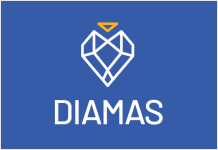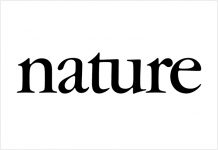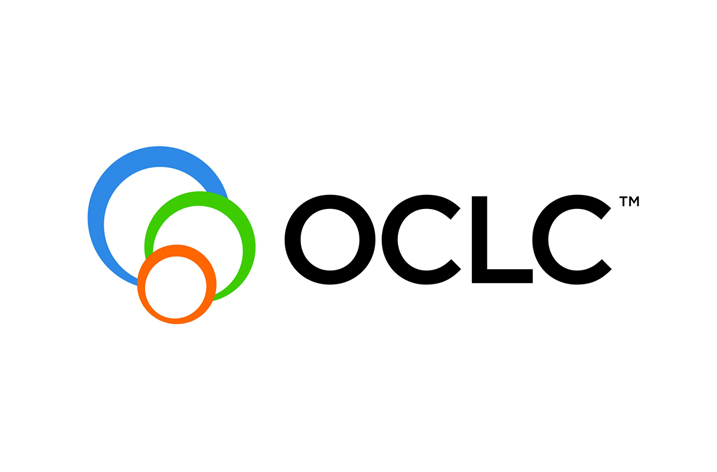
China sees the largest increase in research output among the countries named in the top ten and closes the gap on the United States which has seen a drop in output but retains its place as the leading country
The Nature Index Annual Tables, released today, examine the institutions and countries that contributed most to high-quality natural-sciences research in 2021. China had a strong year, second for research output overall, as measured by Share* and with 14.4% growth in output in 2021 compared with 2020, the largest increase among the top ten countries in the Annual Tables.
The Chinese Academy of Sciences leads the institutional tables for the tenth consecutive year since the Index was established, with a Share of 1,963.00 in 2021. This is more than double that of Harvard University, in second place, with a Share of 910.93. Four of the ten leading institutions come from China, and of those ten, only the Chinese institutions have shown an increase in adjusted share** from 2020–21.
Reflecting the overall picture of China’s dominance, another Chinese institution, The University of Chinese Academy of Sciences (8th overall) has seen growth of 21.4%, making it the fastest rising institution in the Index. Of the 50 fastest rising institutes, the top 31 are from China, where in the 2021 tables only two of the top 10 were Chinese institutions. This year just ten of the 50 come from outside China.
Elsewhere, whilst the United States retains its place as the top nation for research output, the amount of research has declined by 6.2%, the largest decline posted by a top 10 country and its steepest fall since 2017. Other countries among the top 10 have also seen a decline in output: Germany, third overall, has seen a downward turn of 0.7% and the United Kingdom, in fourth, has seen a drop of 5.7%. It should however be borne in mind that the Index is a zero sum game with a finite number of about 60,000 articles published per year in the Index journals. With China and its institutions rising so much, other countries and institutions have to fall in the competition to publish in the 82 journals of the Index.
Commenting, David Swinbanks, Founder of the Nature Index, said: “The Nature Index Annual Tables show that China’s investment in research through their large, and now well-established institutions is resulting in sustained research output in the natural sciences. In 2021 their investment in research accounted for 2.4% of China’s GDP, showing their commitment to this area. This year, their funding impact on their research growth stands out more when compared to the changes we have seen in other countries, particularly Germany, the UK, France and Japan.”
On the conclusions we can draw from these tables, Swinbanks added: “While the Annual Tables are a good indicator of high research output in the natural sciences, we encourage readers to use the findings alongside other scientific outputs such as data, software and intellectual property when considering research quality and institutional performance.”
























